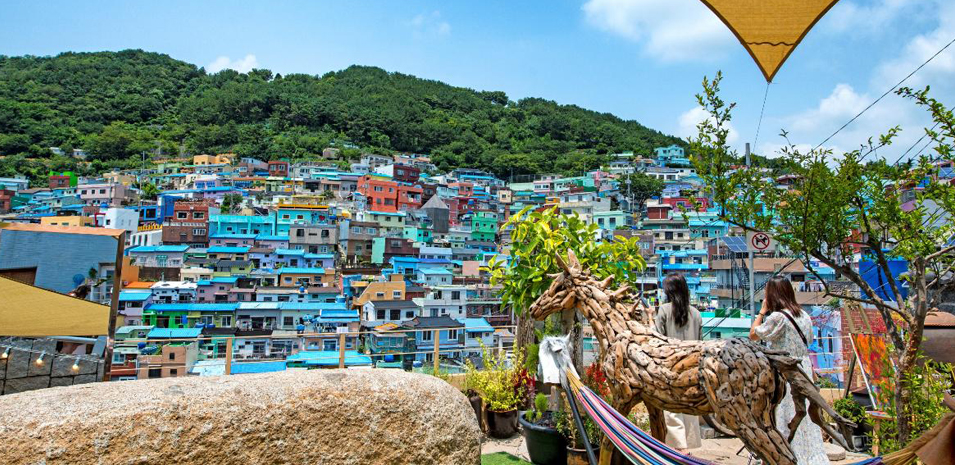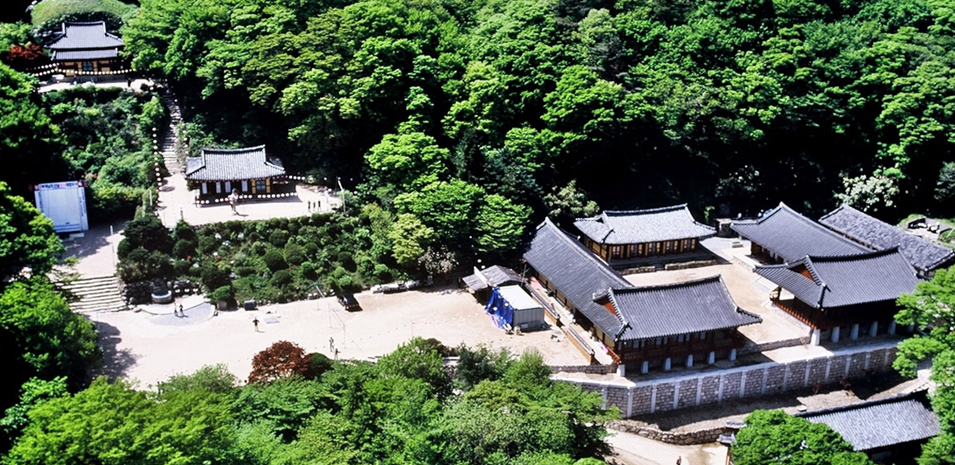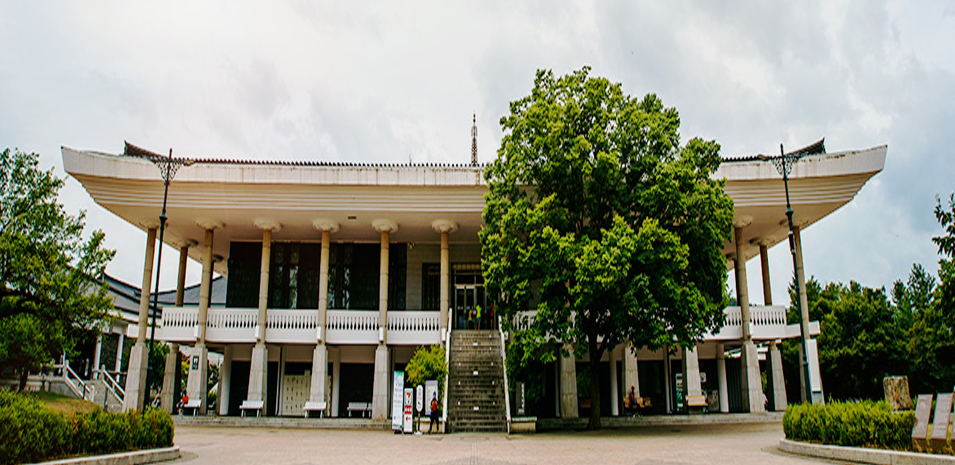Home > Hotel & Tour > Tour Overview
Tour Overview
Busan
Gyeongju

Busan is a stunning confluence of scenery, culture and cuisine in repose between mountains and sea. It’s long been domestically lauded as the country’s best beach getaway, but South Korea’s second largest city packs an eclectic offering of activities to suit all travelers: hike hills to Buddhist temples, settle into sizzling hot springs and feast on seafood still a-wriggle at Jagalchi, the country’s largest fish market.

Songdo Cloud Walkway is a short trail over Songdo Beach, Korea's first official beach located in the western Busan. While most of the "Skywalk" trails in Korea are straight shaped, Songdo Skywalk has a curved shape similar to a dragon. From the 365-meter-long Songdo Skywalk over the blue ocean, you can enjoy the magnificent view around the Songdo Beach area with a small lighthouse and a small rock island called Geobukseom. Enjoy your time with the night view of the Skywalk.

Busan X the SKY is located in the second highest building in Korea, Haeundae LCT the Sharp (411.6 m). In this highest, biggest-scale observatory, you can view the wide-spread ocean of Haeundae and the beautiful city of Busan. On top of the world-famous landmark of Busan such as the Gwangandaegyo (Diamond Bridge) and Marine City, you can view the day and night of Busan while you enjoy the premium services of the interior media facade, lounge cafe, and casual cafe. Experience the whole world below your feet at BUSAN X the SKY!

Haeundae Blue Line Park Haeundae Beach Train travels the Mipo–Songjeong section of Busan Green Railway, offering a great view of East Busan’s beautiful scenery. Its retro-style exterior and tasteful use of colors add a splash of uniqueness to Haeundae’s scenery. All seats on the train are turned toward the beach, so everyone has a panoramic view of East Busan’s sea. Sunshine scattering onto the waves brings about deep feelings of rest and peace. We invite you to go on a romantic ride on Haeundae Beach Train!

Haedong Yonggungsa Temple is located on the coast of Sirang-ri, Gijang-gun, Busan. It received its name from a dream of Buddhist Monk Jeongam whom Avalokitesvara Bodhisattva ascended on the back of a dragon by the coast. Haedong Yonggungsa Temple is hung over the edge of the land, where the sea meets the mountain like a piece of painting. Known as the most beautiful temple in Korea, the whole interior becomes a photo zone with an oceanic view.

The Bay 101 Yacht Tour Let’s take a yacht. Immediately after departure, the Gwangandaegyo Bridge, the symbol of Gwangalli, comes into view. The cruise gives you the rare opportunity to get a closer look at the bridge from right beside it, making you notice its grandeur. Then, we head over to Haeundae Beach. On the way to the beach, you will see the Nurimaru APEC House, where the APEC meeting was hosted, and Haeundae lies beyond the house. Seen from the yacht, Haeundae presents you with a different kind of beauty. The yacht glides past Haeundae and Marine City, making you treasure this trip amid your normal daily life.

Gamcheon Culture Village was built by religion group called ‘TAEGUKGYO’. It is called Korean style of Santorini village because of the colorful houses. Many artists came the village to do their works and it became famous for an art.(‘Machu Picchu’ of Asia)

Hongbeopsa Temple is the only monastery home to a statue of Gandhi given by the Indian Government in commemoration of 40th anniversary of the diplomatic relationship between Korea and India and to show gratitude to Ven. Shimsan, abbot of Hongbeopsa, who lent the building for the Indian Culture Center.
Official Tour Guidebook






